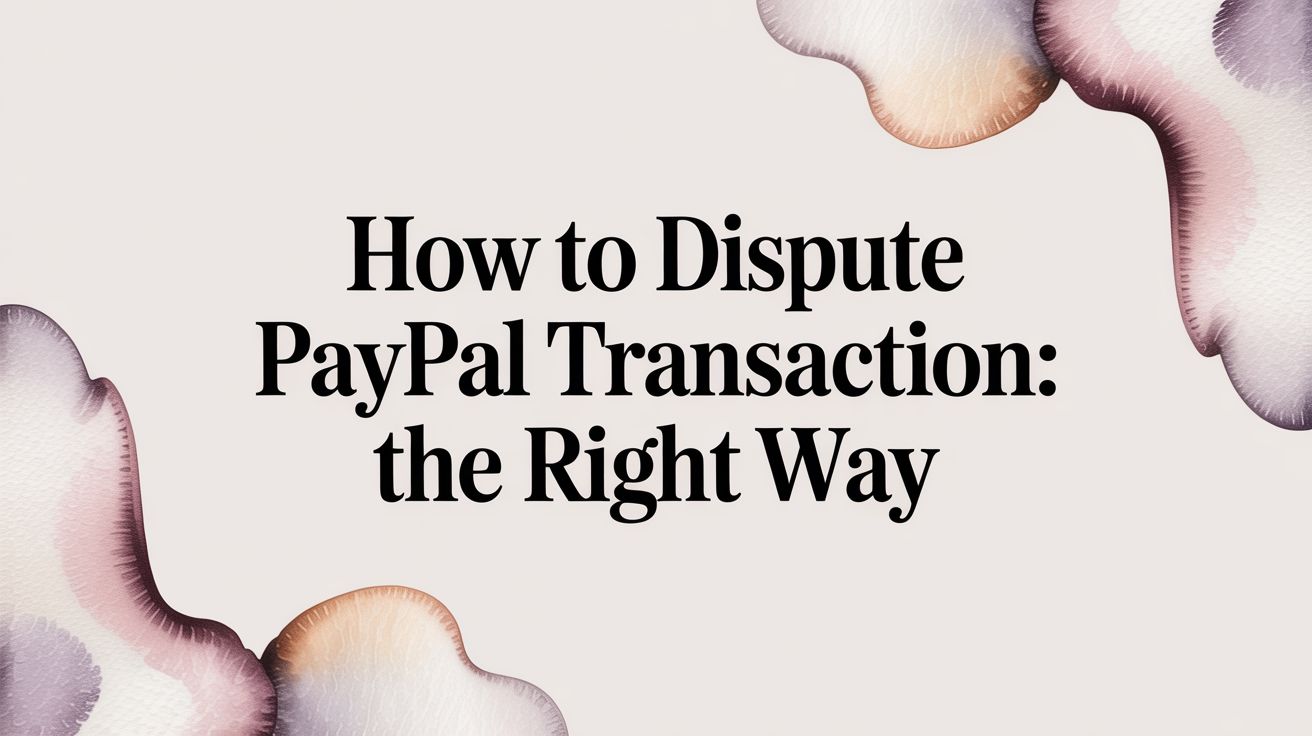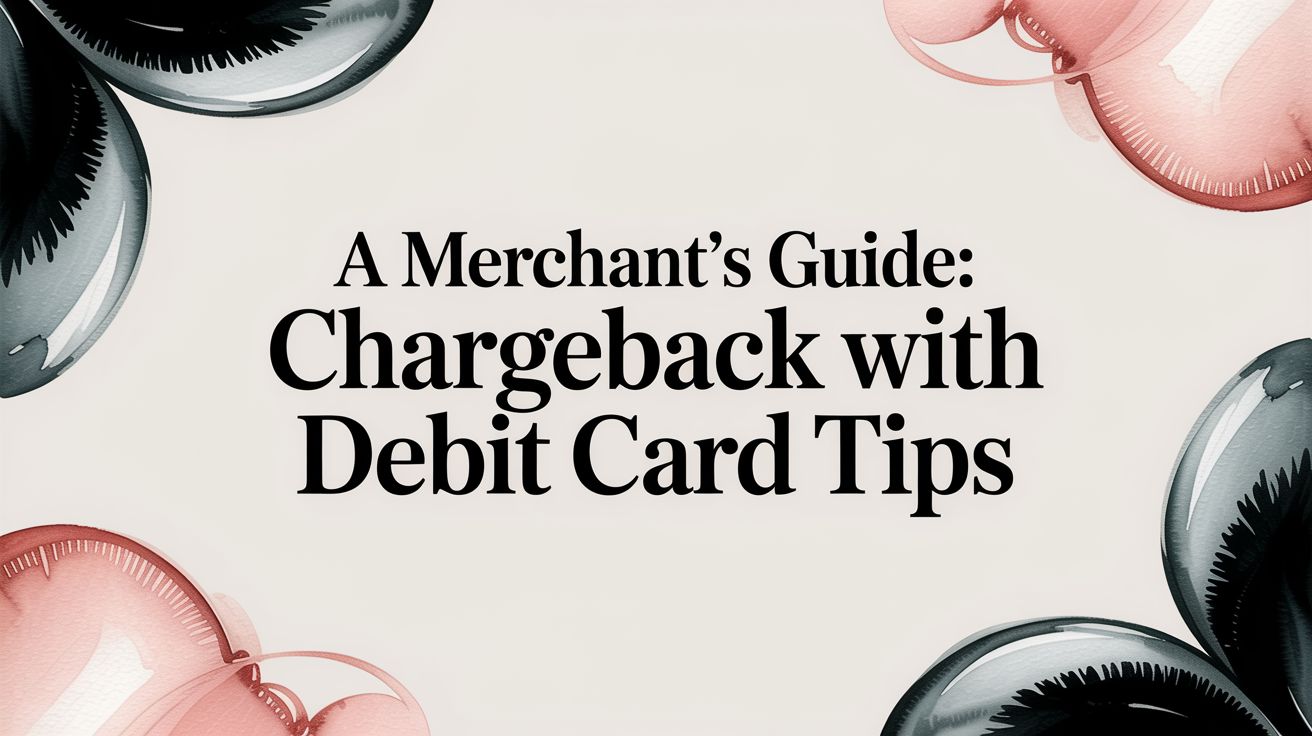
Amazon is one of the top choices for online marketplace sellers. Sellers dream of increasing their Amazon orders and follow multiple strategies to boost their sales.
An increase in the volume of transactions also increases chargebacks, which are only obvious. Sellers, however, start panicking when they start receiving chargebacks. This is partly because Amazon has a different system for handling chargebacks. Secondly, chargebacks come with financial complications.
Sellers can, however, use this Amazon system to their advantage and prevent chargebacks from happening. This article will walk you through how the system works, how you can strategize chargeback prevention, and the best practices to follow.
How do Amazon chargebacks work?
Amazon chargebacks are just like any regular chargeback system. However, since Amazon is a merchant of record, they’ve built their own system to deal with chargebacks. Here are the three ways customers can dispute a transaction:
Buyer disputes
Amazon lets customers directly connect with the seller for any disputes. For any reason such as wrong product delivered, delivery not received, and other similar concerns, buyers can directly reach out to the sellers. This is the seller’s chance to redeem themselves and offer a solution. Sellers can negotiate a resolution like product exchange, refund, or any other agreement.
Amazon provides this route to avoid a formal chargeback request, which otherwise comes with additional charges for Amazon.
A-to-Z guarantee claims
This is another way of mitigating chargebacks, as enforced by Amazon. When buyers are not satisfied with the sellers' assistance, they can seek Amazon’s help through this system. A-to-Z guarantee claims is Amazon’s way of safeguarding buyers' interests. Unsatisfied customers can file an A-to-Z claim, which Amazon reviews and acts upon. If found legit, Amazon will issue a refund, which sellers must oblige.
Sellers must be aware of how this policy works so they can submit evidence to Amazon. This will bring Amazon into their favor.
Chargebacks
Chargebacks are official requests filed to dispute a transaction. Here, a buyer contacts the issuing banks, expressing dissatisfaction or unauthorized access to a product, seeking a chargeback. Customers dispute transactions they believe are fraudulent, unauthorized, not delivered, or other similar instances.
The issuing banks then investigate the matter, roll a decision, and also inform Amazon of it. If the decision is in favor of the buyer, the bank initiates a reversal of the transaction. Sellers can dispute this decision by providing evidence to support their sale. The issuing bank then makes the final judgment.
Sellers can use Amazon’s system to their advantage. As an Amazon seller, you can be active on Amazon and be quick to address disputes raised via Amazon to prevent disputes from turning into chargebacks.
What are the common reasons for Amazon chargebacks?
While there are a lot of reasons sellers can dispute transactions, here are the most common ones that you can leverage to build a chargeback management process:
Billing disagreements
Customers can dispute a transaction when they find discrepancies in the cost of the product versus the billing amount. They can also file for a chargeback request when they have issues with subscription charges, renewal charges, or are double-charged.
Delivery issues
These are issues related to discrepancies in delivery status, damaged products, tampered packaging, or wrong product delivered. Any issues related to the delivery of the product fall under this category.
Dissatisfaction
Customers may also choose the chargeback route when they are not satisfied with the product they received. It could be because the product did not match the description, lacked parts of the product, have different features, or the customer is simply not happy with the product.
Unauthorized or fraudulent purchase
This is the most common reason for chargebacks. Unauthorized transactions made from stolen cards, identity theft, and other kinds of fraudulent methods often lead to chargebacks. These are transactions not made by the cardholders.
Technical issues
System errors from Amazon’s or the seller’s end are also chargebacked. Some of the examples are - website glitches, payment processing errors, misleading status updates, and more.
How to best handle Amazon chargebacks?

Here is a step-by-step walkthrough of the best way to handle Amazon chargebacks. It is a common chargeback management framework that you must tailor to fit your business needs and strategies.
- Seller notification - when a customer disputes a transaction with the issuing bank, Amazon is notified of the same. Amazon further notifies the seller, prompting them to dispute the claim or accept it.
- Investigation - it is the seller’s job to gather the details of the chargeback request and investigate the matter. Find the documents supporting the authenticity of your product delivery. Documents such as order confirmation emails, shipping and tracking information, communication with the customer, proof of product quality (photos, videos, etc.), and other similar documents serve as evidence.
- Furnishing evidence - file a dispute response and attach the evidence from above. Make sure the response is short, clear, to the point, and backed with evidence to win the case. Present it to Amazon (which then goes to the issuing bank), requesting a chargeback dispute. Amazon will charge you a fee for it and take it further.
- Communication - Amazon will inform all the parties concerned with the chargeback regarding the final decision. The final decision is the issuing bank’s call to make since the chargeback was raised with them.
Can you prevent Amazon chargebacks?
Not 100%, but sellers can mitigate chargebacks to a great extent by implementing preventive strategies. Here are some ideas you can use:
- Give clear product descriptions - ensure you communicate your product’s features and benefits clearly and concisely. Make sure there is no scope for misinterpretation and that customers have a clear idea of what to expect. Also, lay down your return policies on the product page.
- Confirm deliveries - documents and signatures are a must to confirm deliveries. This will spare you the hassle of delivery-related chargebacks. Also, make sure that you provide tracking information so the customer is aware of the delivery status.
- Enhance customer support - Amazon offers two informal chargeback resolution processes that you can use to prevent chargebacks. If you have an active customer support team, chargeback queries can be solved informally through Amazon, at less expense, effort, and time.
- Implement robust security measures - although payments are done from Amazon, you can also deploy security measures to protect your customer’s data and monitor your transactions for suspicious activities. Also, make sure you use a secure payment gateway.
- Transparency - be open and upfront about your billing and return charges. Make sure all this information is easily accessible on the product page. Also, ensure timely communication with your buyer and address any queries they might have.
What are the best Amazon marketplace practices to avoid chargebacks?
Another way of mitigating chargebacks is to use Amazon to its maximum potential. Check out some of the best Amazon practices you can follow to decrease chargebacks and increase your revenue:
Stick with Amazon’s policies
Amazon has a set of vendor policies in place. Keep yourself updated on the policies and stay compliant so you can have Amazon on your side. Amazon has strict policies on product quality, packaging, labeling, and more. Adhere to all of the existing policies and adopt any new changes.
Maximize usage of Amazon’s advertising tools
Amazon does not just give you a medium to sell your product. It also gives you the means to maximize your sales. It has a number of vendor marketing and advertising tools that you can use to attract sales and decrease chargebacks. You can roll out offers and discounts on your products, optimize your products for search results, and also sponsor your products.
Streamline inventory
Amazon also has an inventory tool in place to let you manage your inventory. You can use it to avoid over or understock situations, which ultimately lead to order and delivery-related chargebacks. You can also get analytic reports on your customers. Use these reports to build sales and customer service strategies and avoid chargebacks.
Be quick to address Amazon queries
Have a dedicated Amazon customer service team that responds to Amazon's and customer’s queries. Solve them promptly to ensure smooth sales and partnerships and avoid chargeback cases. Educate your customers to reach out to you via Amazon rather than filing a chargeback. Offer rewards and best resolutions to people who connect via Amazon to build trust and customer relationships.
Need a hand with managing Amazon chargebacks? ChargePay is the tool you need. ChargePay's AI solution fully manages your chargebacks, leaving you with enough room to focus on your business growth and customer connections.
Besides having enough room for product innovation, you can also enjoy 80% of your lost revenue recovery. Our solution is 3.5x faster and offers 68% increased saved revenue with 3x higher chargeback win rates.
Don’t wait; deploy ChargePay to efficiently manage your chargebacks today - get started today.
.png)






.svg)







.svg)
.svg)
.svg)